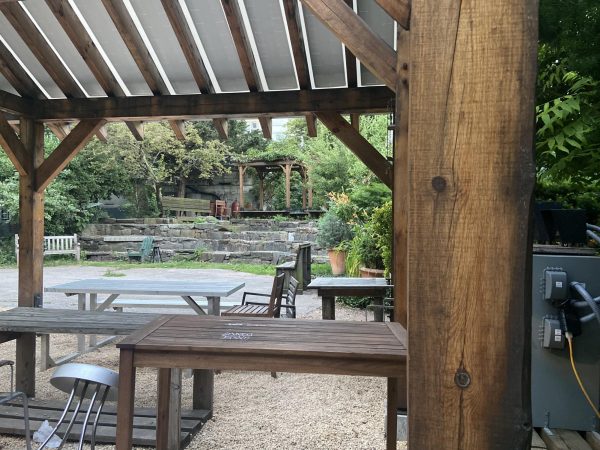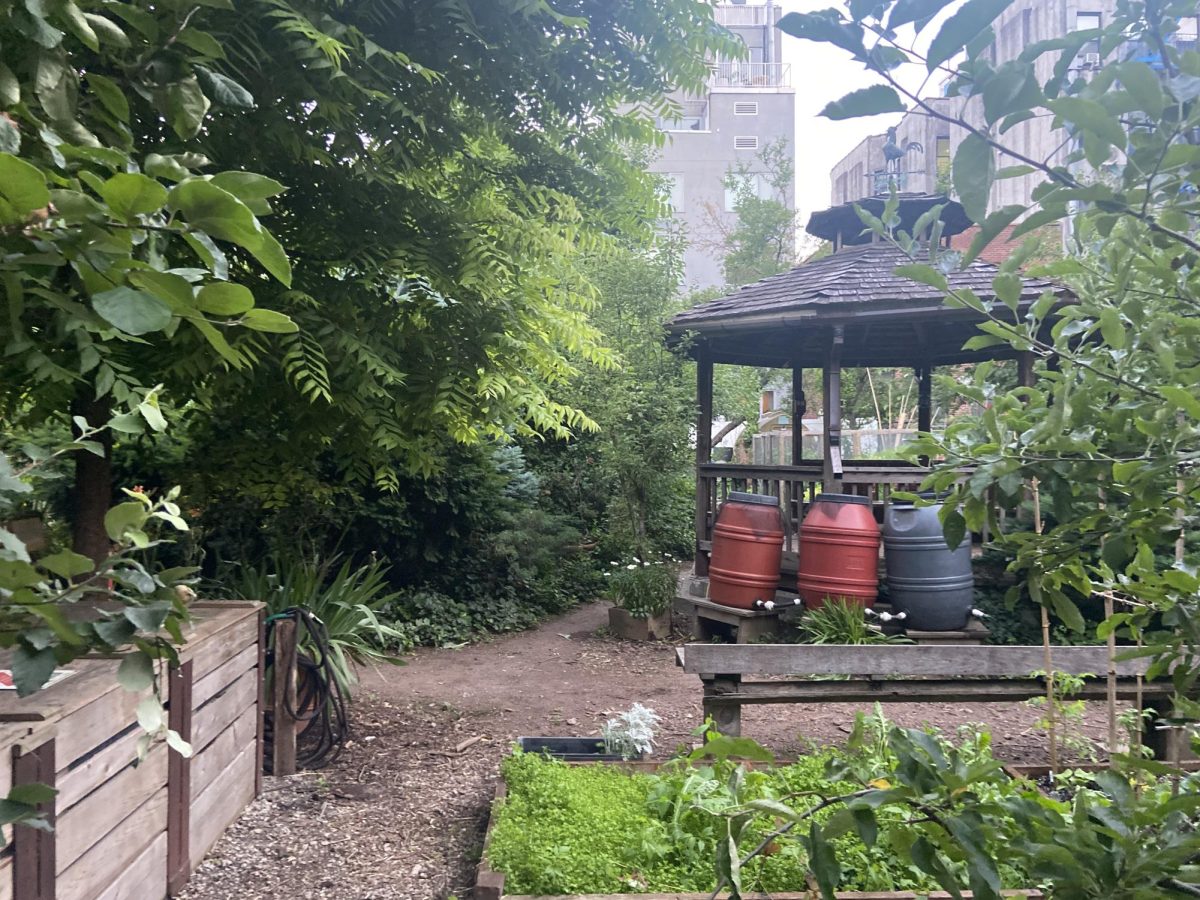Farming can be credited for bringing food onto the tables of everyone on earth. It enables humans to have a surplus of food, allowing them to focus on other things. This is how humans developed modern-day society — easily meeting food production needs allowed humans to develop new technologies. Every year, there are attempts to improve the productivity of farming. One such improvement from early society was the discovery that rotating crops in fields and leaving fields fallow could help to increase productivity.
Now, farmers have moved on to new technologies in order to make their fields more profitable. However, not everyone agrees with these techniques. A main point of controversy is over pesticides, which are now used to prevent insects from damaging the plants they choose to eat. Additionally, some farmers may genetically modify their crops in order to improve their output or taste. Over recent years, farming has been overtaken by these questionable methods of increasing profitability. On a drive through rural areas, it is clear that some people save themselves from the worry of finding out what goes into their food and instead produce it for themselves.
This is a foolproof way of making sure that your fruits and vegetables do not have unwanted chemicals in them. Some of these unknown chemicals have been connected to cancer like the herbicide Roundup – which kills weeds that would otherwise compete with crops. Chemicals have also damaged the ecosystems near the crops they are applied to. For example, the use of DDT to combat insects led to the endangerment of the Bald Eagle in the 1970s. This justifies the worries about the new technologies that are used in order to make fields more efficient.
Many people in big cities like New York City have this same concern. The primary issue for New Yorkers is that they do not necessarily have the same space available to them as those who live in rural areas in which to grow their own food.
The solutions that urban farmers come up with are ingenious. Some grow their food on balconies, some grow their food in shared farms around the city, and some plant their food in parks. In Corlears Hook Park on the Lower East Side of Manhattan, many individuals maintain small plots of land on a strip of dirt next to the highway for food. While not necessarily sanctioned by the city, it was a good solution for having homegrown food in New York City.
These specific plots have since been destroyed in favor of development for flood protection, but there many others exist around New York City. Balconies are the most accessible choice for urban farming in New York City. Many New York City apartments and houses have balconies, even in apartment buildings close to major city centers. Balconies create a space where residents can access sun, water, and space to plant.
This enables for growing plants of many kinds — virtually the only shortfall of balconies is that residents can’t plant fruit-bearing trees. Most balconies don’t have the space for making an easily self-sustaining garden, but it is possible. Reportedly, 100 square feet of garden is enough for pure fresh eating, and 200 square feet of garden is enough to eat freshly grown food as well as create a surplus to have home-grown food in the winter.
In addition to balconies, growing your own food is feasible to a lesser extent using only indoor spaces. Plants can be placed in pots, and if watered properly and stored near a window with sunlight, it is possible to grow plants indoors. In fact, there are kits available online that make growing plants indoors very easy. These kits have lights and draw water in a way so that the owner does not need to extensively care for the plants, and they create the ideal environment for quick plant growth. These kits help get plants started, and they can then be transplanted into pots to grow larger.
In New York City, some residents are fortunate enough to have backyards for growing plants. Throughout all five boroughs, many homes have large outdoor spaces. Just like balconies, these spaces are unlikely to produce enough food to be self-sufficient, but they do likely provide better prospects. However, most people don’t take advantage of their backyards for growing food. Many people primarily grow decorative plants, privacy plants, or plants for shade.
These plants could consist of flowers, hedges like privets, or trees. Some people with backyards in New York City also opt to contract their gardening necessities out to a landscaping company. Under these conditions, a designer designates the plants they think best fit the backyard, rather than the property owner themself. The homeowner mainly provides input and suggestions, which the designer then interprets and decides what should be done. Most of the time, if a landscaping company is put in charge of maintaining a garden, the likelihood of them choosing plants that yield fruits and vegetables is very slim, because they primarily design for aesthetic purposes.
This highlights the dedication of urban farmers, as it shows they have to take matters into their own hands. This attribute of urban farmers prompts those who don’t have any space for urban farming to still find a way to do so. In addition to using personal spaces, one way that people who are passionate about farming find a way to farm is through the use of shared farming spaces. Around New York City, there are spaces designated for community farming. These spaces can be in empty lots, rooftops, and other such places.
Community gardens also enable gardening hobbyists to practice their craft, and they are generally more focused on improving qualities such as beauty and lushness, in contrast to community farms. Generally speaking, community farms spare no attention to aesthetics and focus on the productivity of food. New York City farms mostly employ volunteers to farm and then sell off their produce or use the farm for education.

One example of a New York City urban farm is the Governor’s Island Teaching Garden. The Governor’s Island Teaching Garden is a one-acre farm on Governor’s Island focusing on educating New York City youth about farming. GrowNYC, the manager of the teaching garden, offers field trips for students to come and learn about and practice farming. The food produced at the teaching garden is donated to New Yorkers across the city. Over the past three years, the Governor’s Island Teaching Garden has produced and donated 20,000 pounds of food.
The Governor’s Island Teaching Garden is a good example of the value urban farming has for a farm’s surrounding community. Urban farms have the potential to unite and revitalize communities across the world. The value of urban farms extends beyond improving communities; they also serve to improve the lives of those who tend to them. Eating farm fresh food cuts out preservatives and other chemicals that are potentially bad for the human body. The actual act of farming is also potentially therapeutic.
According to a study by Arizona State University and the University of Exeter, there is a link that can be made between lessening issues such as traumatic grief and farming. The study determined that agricultural places and practices can potentially provide care, rehabilitation, and therapy for those suffering from mental health issues. In the context of New York City, urban farms are likely to have the same effect on those who tend to them by providing a respite from the bustle of city life. Urban farming has the potential to reach everyone in the city that surrounds it with its effects. The positive effects of urban farming are intertwined deeply with society, specifically in New York City.
Urban farms have the potential to unite and revitalize communities across the world. The value of urban farms extends beyond improving communities; they also serve to improve the lives of those who tend to them.

